How NFTs Are Changing The Entertainment Industry
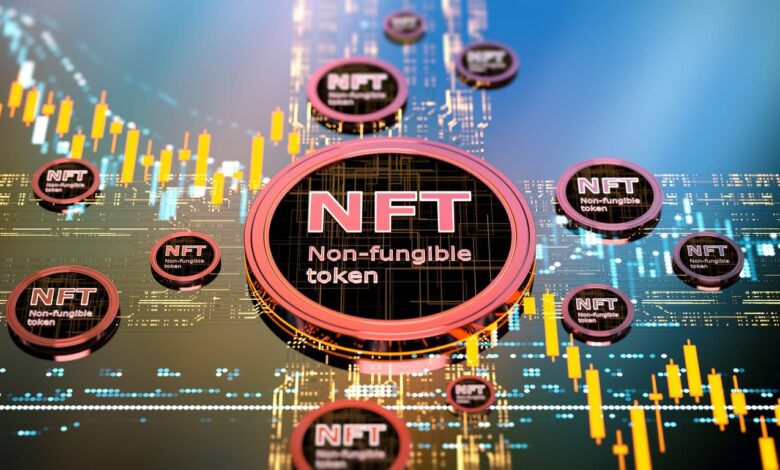
How NFTs Are Changing The Entertainment Industry
NFTs are ready for their Hollywood close-up.
In the entertainment sector, blockchain-based digital assets — NFT stand for a non-fungible token — are a popular item, with everyone from former Disney CEO Bob Iger to Fox Entertainment to actors Reese Witherspoon and Mila Kunis claiming ownership. Paris Hilton and Jimmy Fallon fawned over their respective Bored Apes NFTs on a recent “The Tonight Show edition.”
However, many people in and out of show business are still trying to wrap their heads around the technology, which has been met with scepticism and analogies to the dot-com boom and fall.
NFTs, in their most basic form, work similarly to digital trading cards or art – they’re one-of-a-kind collectibles that can be bought and traded. However, there are more uses for the technology, some of which Hollywood is only now investigating, like utility NFTs that serve as a subscription or event tickets.
While some think the technology’s rise is a passing fad, others are wary of missing out on a potentially lucrative new revenue stream. The entertainment industry’s biggest names are minting and buying NFTs.
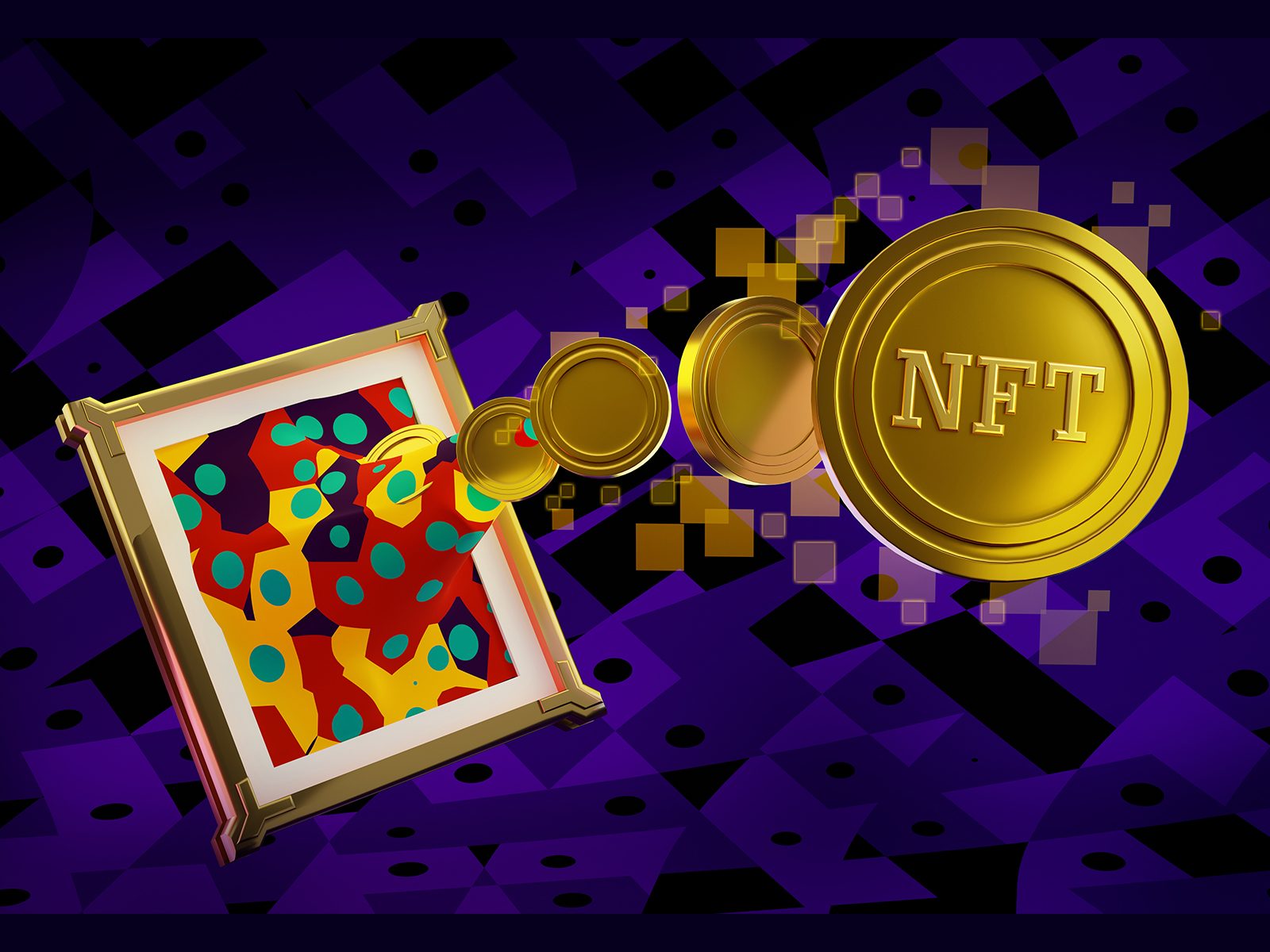
Hollywood players from Disney ex-CEO Bob Iger to Reese Witherspoon are laying claim to NFTs
Hello Sunshine, Witherspoon’s media business, has signed NFT deals to develop TV and film projects. In contrast, Dick Wolf, the executive producer of “Law & Order,” has teamed up with Curio to debut the interactive storytelling project “Wolf Society.” Iger, the Hollywood tycoon who invested in and joined the board of Genies, a firm that develops digital wearable NFTs, has offered the most credibility to the digital asset.
Creators and businesses are using NFTs in a variety of ways. Fans of Fox Entertainment’s hit reality show “The Masked Singer” were given 10,000 “Miss Masky” NFTs in the hopes that they would collect, buy, and trade other “Masked Singer” NFTs on the Eluvio platform.
With its Blockchain Creative Labs NFT studio, Rupert Murdoch’s broadcaster Fox was one of the first legacy media corporations to enter the space. Scott Greenberg, the studio’s CEO and the president of Fox animation studio Bento Box, told Insider that he expects NFTs will become a cash generator for Hollywood rather than just a market for speculative assets. Fox has a $100 million creators’ fund dedicated to nonfiction films.
However, nearly every media company and startup are now participating.
NFT platform OneOf, supported by famed producer Quincy Jones, auctioned off an NFT of a previously unheard Whitney Houson song for approximately $1 million after Warner Bros. sold out of 100,000 “Matrix Resurrections”-inspired NFTs. MTV, Nickelodeon, and CBS’ parent company, Paramount Global (aka ViacomCBS), collaborates with NFT startup RECUR to launch its own NFT marketplace.
Although the future of Hollywood’s NFT business is uncertain, early adopters are optimistic.
Early NFT users in the entertainment industry see income potential.
Greenberg of Blockchain Creative Labs sees the NFT industry moving beyond digital artefacts. At the same time, Curio investor and consultant Rich Battista, a former Fox executive, believes Hollywood will begin to generate IP that is “unique to the NFT universe.”
For example, through her blockchain entertainment firm, Sixth Wall, actress and producer Kunis has invested in the NFT cartoon series “The Gimmicks.” Toonstar, the studio behind the show, can quickly produce weekly episodes that allow “Gimmicks” NFT holders to vote on the storyline’s path.
There are even entire entertainment companies being built on crypto and Web3 foundation, like Mad Realities, which has raised $6 million in a round led by Paradigm and including investments from Bumble’s Selby Drummond, Index Ventures’ Rex Woodbury, cofounders of the Friends With Benefits DAO, and 11:11 Media, Paris Hilton’s media company.
One reason motivating this new economic model is the attractiveness of allowing industry outsiders to join in Hollywood’s creative process.
According to their new company Electromagnetic Productions, former MGM co-CEO and Spyglass Entertainment cofounder Roger Birnbaum teamed up with AOL scion Mark Kimsey to launch a studio that gives NFT holders “deep level access to many stages of film and television production — from the creative process to development, writing, casting, marketing, and distribution.”
‘Even the most conservative Hollywood studio will not ignore the tremendous winds of change.’
Expect additional participants to join the NFT pool in the following months and years.
Former UTA chief innovation officer Brent Weinstein told Insider, “Even the most traditional Hollywood corporation is not going to avoid the tremendous winds of change that will start sweeping through.” Weinstein, who is now the chief development officer of Candle Media, created by former Disney executives Kevin Mayer and Tom Staggs, is well-positioned to profit from the nexus of heritage media and new modalities of narrative and delivery.
Weinstein said, “Do I expect the most traditional corporations to lead in this space?” “Probably not, but I believe the astute among them will seize the opportunity.”
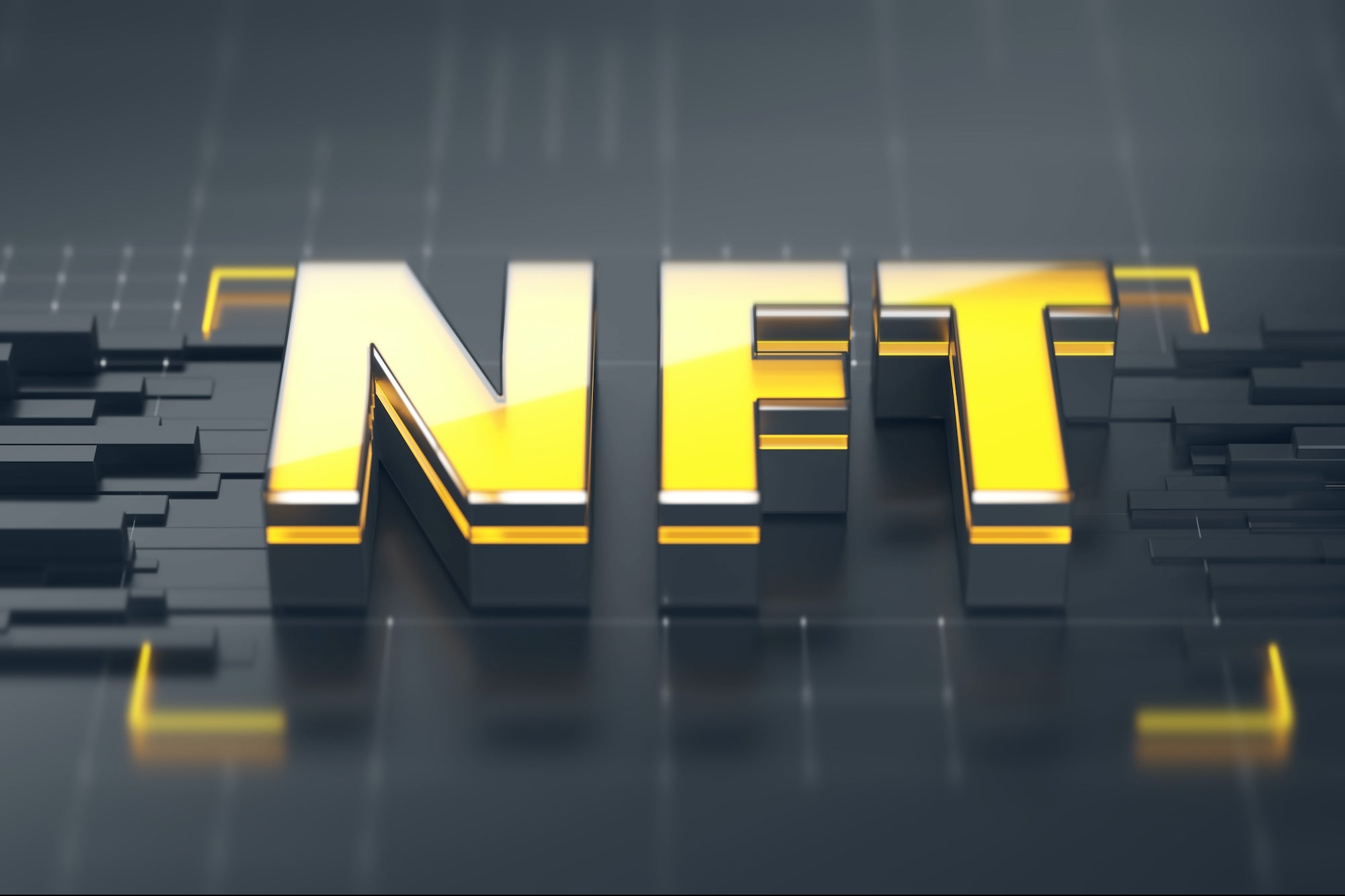
About NFTs
A non-fungible token is a non-transferable unit of data that may be sold and traded and held on a blockchain, a digital ledger. Digital items like photographs, videos, and audio may be connected with several types of NFT data units. NFTs differ from most fungible cryptocurrencies, like Bitcoin, in that each token is uniquely identifiable.
Despite the fact that NFT ledgers ostensibly provide a public certificate of authenticity or proof of ownership, the legal rights that an NFT communicates can be confusing. The development of NFTs with identical linked files is not prohibited, nor is the sharing or copying of the underlying digital data. They do not transfer the digital files’ copyright.
NFTs have been criticised for the high energy costs and carbon footprint associated with validating blockchain transactions and their widespread use in art scams. A Ponzi scheme has been used to describe the NFT market.
The NFT market grew dramatically from 2020 to 2021: the trading of NFTs in 2021 increased to more than $17 billion, up by 21,000% over 2020’s total of $82 million.
The NFT market surged substantially between 2020 and 2021, with trade-in NFTs reaching moreover $17 billion in 2021, up 21,000 per cent from $82 million in 2020.
Characteristics
An NFT is a data unit that can be sold and exchanged and is recorded in the form of a digital ledger known as a blockchain. It can be linked to a digital or physical item, like art, music, a sporting highlight, and a licence to use the asset for a specific purpose. An NFT (and, if applicable, the related licence to use, copy, or display the underlying asset) can be bought and sold on digital markets. The extralegal character of NFT trading frequently results in an informal transfer of ownership of the item with no legal basis for enforcement and so often confers little more than status symbolism.
NFTs work same as cryptographic tokens, but unlike cryptocurrencies like Bitcoin or Ethereum, they are not fungible and are not interchangeable. (While all bitcoins have the same value, each NFT could represent a different underlying asset and hence have a distinct value.) When blockchains concatenate records with cryptographic hashes—sets of characters that uniquely identify a set of data—onto preceding records, a chain of identifiable data blocks is generated. By giving a digital signature that monitors NFT ownership, this cryptographic transaction method secures the authentication of each digital file. Link rot can impact data links that are part of NFT records, like those pointing to facts about where the related art is held.
Copyright
Copyright ownership of an NFT does not imply that the digital object it represents has copyright or intellectual property rights. Someone can sell an NFT that reflects their work, but the buyer does not always get the copyright to it. Therefore the seller can make more NFTs of the same work. As a result, an NFT is only proof of ownership, not copyright. Rebecca Tushnet, a legal researcher, claims that “In some ways, the buyer owns whatever the art world believes they have. “
History
Early history (2014–2017)
Kevin McCoy and Anil Dash built the first known “NFT,” Quantum, in May 2014. Jennifer McCoy, McCoy’s wife, created a video clip for it. During a live presentation for the Seven on Seven conferences at the New Museum in New York City, McCoy registered the video on the Namecoin network and sold it to Dash for $4. The technology was dubbed “monetised graphics” by McCoy and Dash. This used on-chain metadata to link a non-fungible, tradable blockchain marker to a work of art. In contrast, other blockchains and Counterparty use multi-unit, fungible, metadata-free “hued currencies.”
Three months after the Ethereum blockchain was created, the first NFT project, Etheria, was launched and showcased at DEVCON 1 in London, Ethereum’s first developer conference. Until March 13, 2021, when revived interest in NFTs ignited a buying frenzy, the majority of Etheria’s 457 purchasable and tradable hexagonal tiles went unsold for more than five years. All tiles from the current and last versions, each hardcoded to 1 ETH (US$0.43 at the time of introduction), were sold for a total of US$1.4 million in less than 24 hours.
Following the introduction of many NFT initiatives that year, the ERC-721 standard, first suggested in 2017 via the Ethereum GitHub, gained greater adoption. Curio Cards, CryptoPunks (a project to trade unique cartoon characters launched by the American studio Larva Labs on the Ethereum blockchain), and unusual Pepe trading cards were all released simultaneously as the standard.
Increased public awareness (2017–present)
The online game CryptoKitties was monetised in 2017 by selling tradable cat NFTs, and its success brought NFTs to the public’s attention.
The NFT market tripled in value to US$250 million in 2020, indicating strong growth. More than $200 million was spent on NFTs in the first three months of 2021.
Three trademark applications for NFTs were filed with the US Patent and Trademark Office in 2020. The number of trademark applications increased to around 1200 in 2021.
The US Patent and Trademark Office received 450 NFT-related trademark applications in January 2022. The NYSE, Star Trek, Panera, Walmart, Elvis Presley, Sports Illustrated, Ticketmaster, and Yahoo are some of the many brands trademarked NFTs. In 2021, interest in NFTs increased after high-profile sales and art auctions. “The NFT market is crumbling,” The Wall Street Journal stated in May 2022. Daily NFT token sales have dropped 92% since September 2021, while the number of active wallets in the NFT market has fallen 88% since November 2021.
Uses
Commonly associated files
Digital tokens linked to a digital file asset have been exchanged using NFTs. Ownership of an NFT is frequently connected with a licence to use the linked digital item, but it rarely grants the buyer copyright. Some agreements only allow for personal, non-commercial usage of the underlying digital material, while others allow for commercial use.
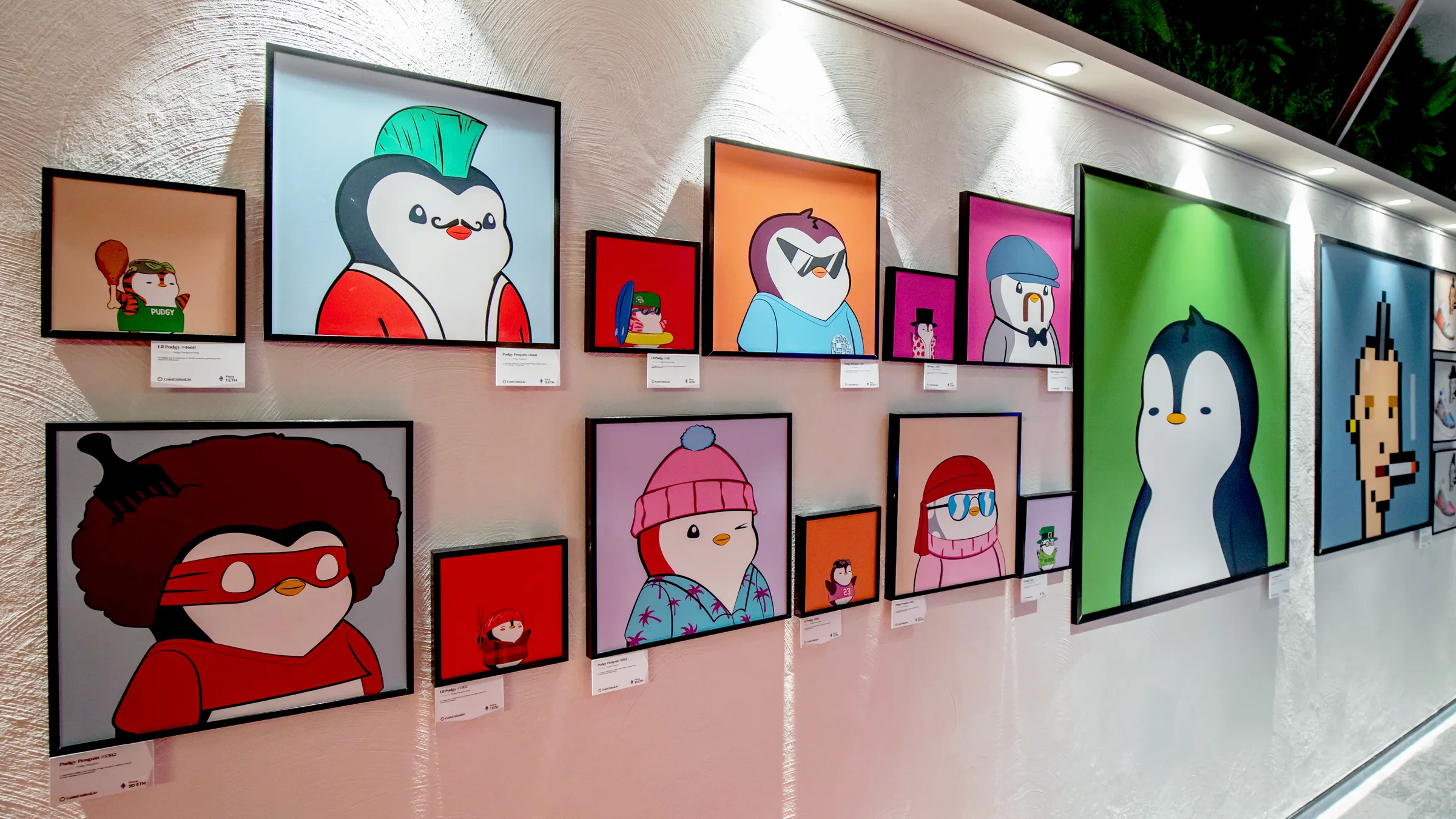
Digital art
NFTs are mostly used in the creation of digital art. Public attention has been drawn to high-profile auctions of NFTs tied to digital art. Merge, by artist Pak, was the most expensive NFT, selling for US$91.8 million at auction in 2021, while Everyday: the First 5000 Days, by artist Mike Winkelmann, was the second most expensive, selling for US$69.3 million.
Some NFT collections, like Bored Apes, EtherRocks, and CryptoPunks, are examples of generative art. A variety of images are made by combining several simple graphic components in different ways.
In March 2021, the blockchain firm Injective Protocol purchased a $95,000 original screenprint by English graffiti artist Banksy titled Morons (White) and videotaped someone burning it with a cigarette lighter. The video was minted and sold as an NFT.
Burnt Banksy, the person who destroyed the artwork, described the act as a manner of transferring a physical work of art to the NFT environment.
Tina Rivers Ryan, an American curator and art historian who specialises in digital works, noted that art museums are divided on whether NFTs have “lasting cultural importance.” Ryan compares NFTs to the dot-com bubble’s net art craze. Although auction houses like Sotheby’s, Christie’s, and many museums and galleries around the world began collaborations and partnerships with digital artists like Refik Anadol, Dangiuz, and Sarah Zucker, selling NFTs associated with digital artworks (via NFT platforms) and showcasing those artworks (associated with the respective NFTs) both in virtual and physical spaces, there are no centralised means of authentication to prevent stolen and counterfeit digital works from being sold as NFTs.
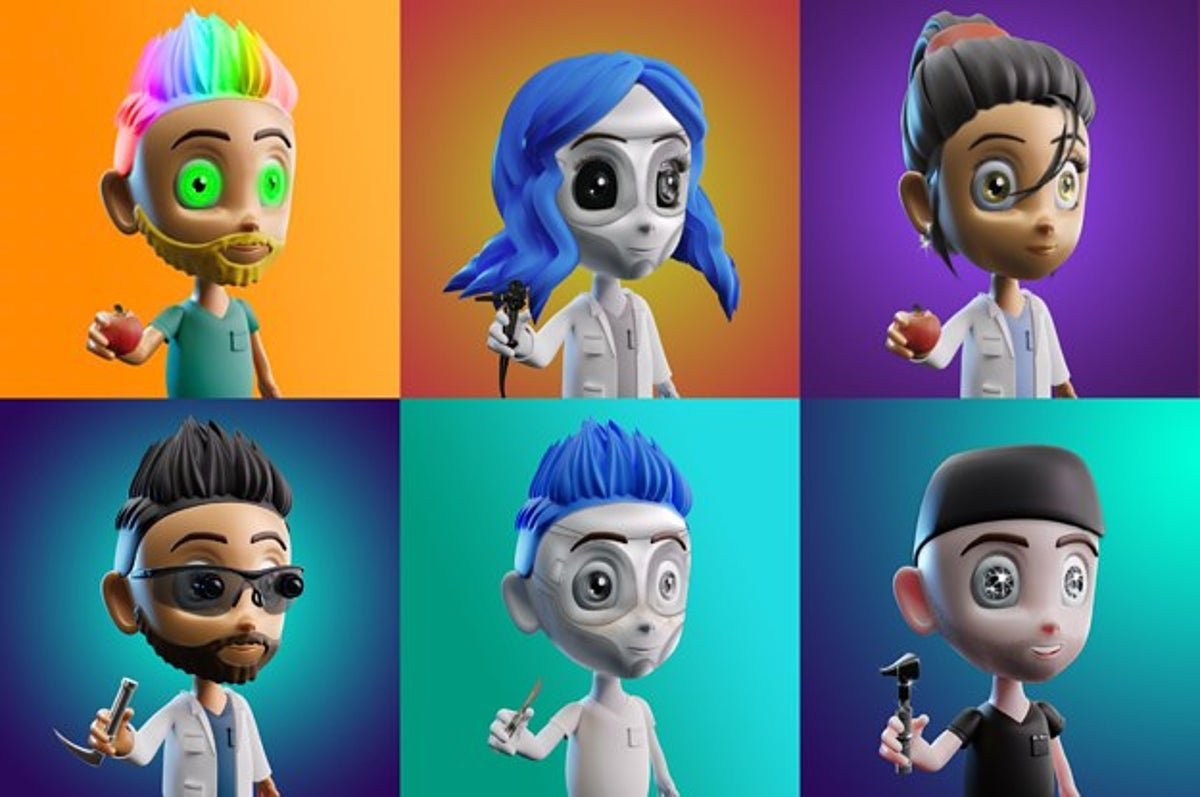
Games
NFTs can be used to represent in-game assets like digital land parcels. If they can be exchanged on third-party marketplaces without permission from the game creator, some observers describe them as being controlled “by the user” rather than the game developer.
CryptoKitties was a popular blockchain-based online game where users could adapt and trade virtual kittens. The game’s monetisation of NFTs earned $12.5 million in funding, with some kittens fetching over $100,000 each. CryptoKitties was added to the ERC-721 standard in January 2018 due to its success (and finalised in June). Axie Infinity, a comparable NFT-based online game, was released in March 2018.
Valve Corporation banned applications using blockchain technology or NFTs to exchange currency or game artefacts from its Steam platform in October 2021.
Ubisoft Quartz, “an NFT venture that allows people to buy artificially rare digital products with cryptocurrency,” was launched in December 2021. The announcement was met with backlash, with a 96 per cent dislike rating on the YouTube announcement video, which has since been taken down. Some Ubisoft developers expressed their displeasure with the announcement. According to the Game Developers Conference’s annual report for 2022, 70% of respondents reported their studios had little interest in incorporating NFTs or cryptocurrency into their games.
For online video game cosmetics, certain premium manufacturers issued NFTs. Morgan Stanley produced a paper in November 2021 predicting that this use might become a multibillion-dollar market by 2030.

Music
Artists selling artwork and music as NFT tokens reportedly garnered over $25 million in the music sector in February 2021. In 2021, electronic dance musician 3LAU auctioned a collection of 33 NFTs for a total of US$11.7 million to commemorate the third anniversary of his Ultraviolet album. An NFT was published on March 3, 2021, to promote the Kings of Leon album When You See Yourself. Some of the musicians that have employed NFTs include rapper Lil Pump, record producer Mike Dean, and rappers like Eminem.
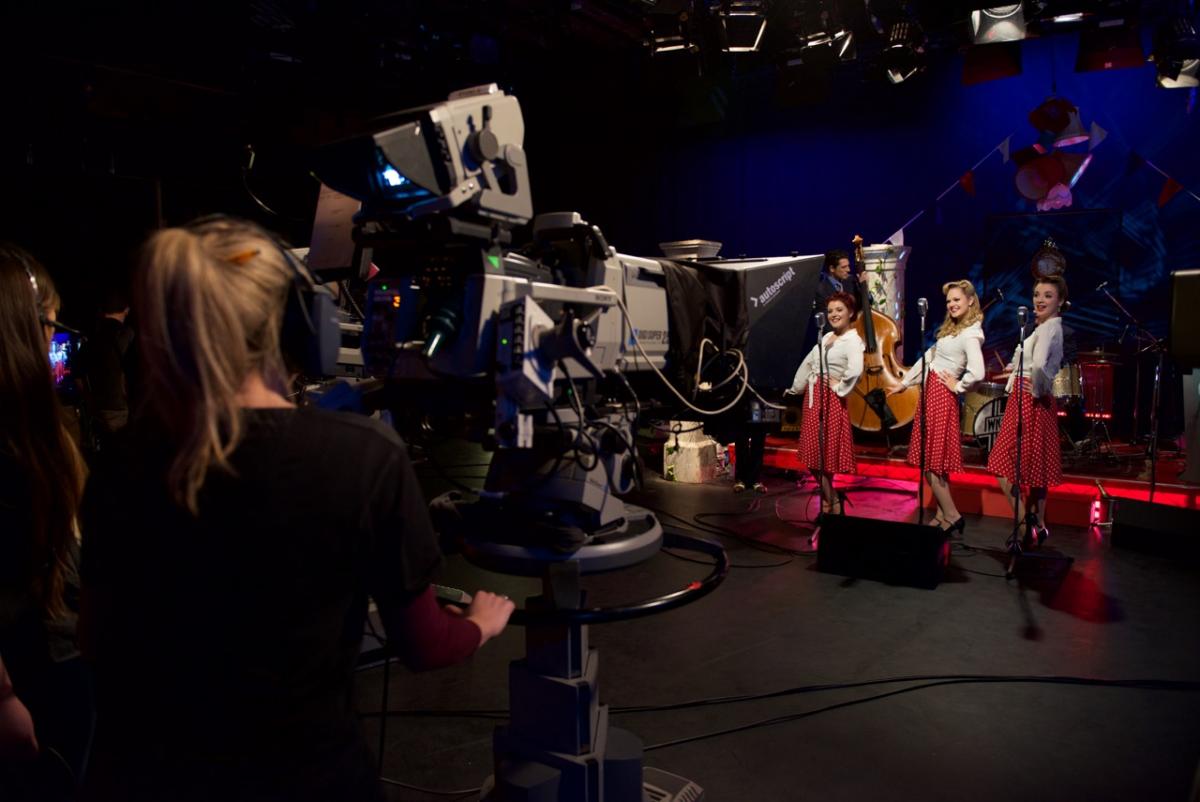
Film
To promote Deadpool 2, 20th Century Fox partnered with Atom Tickets and released limited-edition digital posters in May 2018. OpenSea and the GFT exchange both have them accessible. The 2015 documentary Claude Lanzmann: Spectres of the Shoah by Adam Benzine became the first motion picture and documentary film to be auctioned as an NFT in March 2021.
Other initiatives in the film industry that use NFTs include announcing an exclusive NFT artwork collection for Godzilla vs. Kong and director Kevin Smith’s upcoming horror flick Killroy Was Here being published as an NFT in April 2021. The NFT for Rick Dugdale’s 2021 film Zero Contact, starring Anthony Hopkins, was released.
The first NFT coined for a feature film score was in April 2021, and it was associated with Gregg Leonard’s score for the film Triumph.
Quentin Tarantino, the filmmaker of Pulp Fiction, issued seven NFTs based on uncut scenes in November 2021. Miramax then initiated a lawsuit, alleging that their film rights had been infringed upon and that their 1993 deal with Tarantino gave them the right to mint NFTs in connection with Pulp Fiction.
Other associated files
NFTs have been linked to many online memes, which were created and sold by their makers or subjects. Doge, a Shiba Inu dog, Charlie Bit My Finger, Nyan Cat, and Disaster Girl are examples.
NFTs have been introduced into some virtual worlds, referred to as metaverses, as a means of virtual trading items and virtual real estate.
Although NFT marketplaces have been hostile to pornographic material, specific pornographic works have been offered as NFTs, posing substantial challenges for authors.
In May 2021, UC Berkeley stated that patent disclosures for two Nobel Prize-winning technologies, CRISPR-Cas9 gene editing and cancer treatment, would be auctioned via NFTs. The patents for these inventions will remain with the university; the NFTs only apply to the university patent disclosure form, an internal form used by researchers to disclose inventions.
On April 8, 2019, Professor Stanislovas Tomas photographed the first credited political protest NFT (“Destruction of Nazi Monument Symbolising Contemporary Lithuania”), which was coined on March 29, 2021. Tomas destroys a state-sponsored Lithuanian plaque on the Lithuanian Academy of Sciences honouring Nazi war criminal Jonas Noreika with a sledgehammer in the video. Dapper Labs, the creator of CryptoKitties, announced the NBA TopShot initiative in 2020, which allowed the purchase of NFTs related to basketball highlights. The Flow blockchain was used to create the project.
An NFT of Twitter founder Jack Dorsey’s first-ever tweet sold for $2.9 million in March 2021. In 2022, the same NFT was for sale for $48 million but only received a top bid of $280.
Speculation
NFTs are speculative assets that represent digital collectibles and artworks. Experts linked the NFT buying frenzy to the Dot-com bubble and dubbed it an economic bubble. Mike Winkelmann dubbed NFTs an “irrational exuberance bubble” in March 2021.
Demand had slowed by mid-April 2021, forcing prices to plummet. Financial theorist William J. Bernstein linked the NFT market to the 17th-century tulip mania, claiming that any speculative bubble necessitates a technological innovation for people to “get excited about,” with part of that excitement stemming from the product’s excessive promises.
Money laundering
Money laundering could be possible with NFTs, like with other blockchain securities and traditional art transactions. Anti-money laundering legislation may put regulatory pressure on auction platforms for NFT sales. NFTs might “easily become money-laundering tools,” according to Gou Wenjun, director of the People’s Bank of China’s Anti-Money Laundering Monitoring and Analysis Centre. Gou went on to say that the illegal use of many new cryptographic technologies is rising and that criminal actors frequently self-identify as financial technology innovators.
According to research released in February 2022 by the US Treasury, there is “some indication of money laundering danger in the high-value art industry,” including “the nascent digital art market, like the use of non-fungible tokens (NFTs).” The study looked into how NFT transactions could make laundering money through art easier by bypassing the logistics and insurance issues of trading physical art. Several NFT exchanges have been designated as virtual asset service providers, which means they could be subject to Financial Crimes Enforcement Network legislation. In March 2022, two people were charged for executing a $1,000,000 NFT scheme through wire fraud.
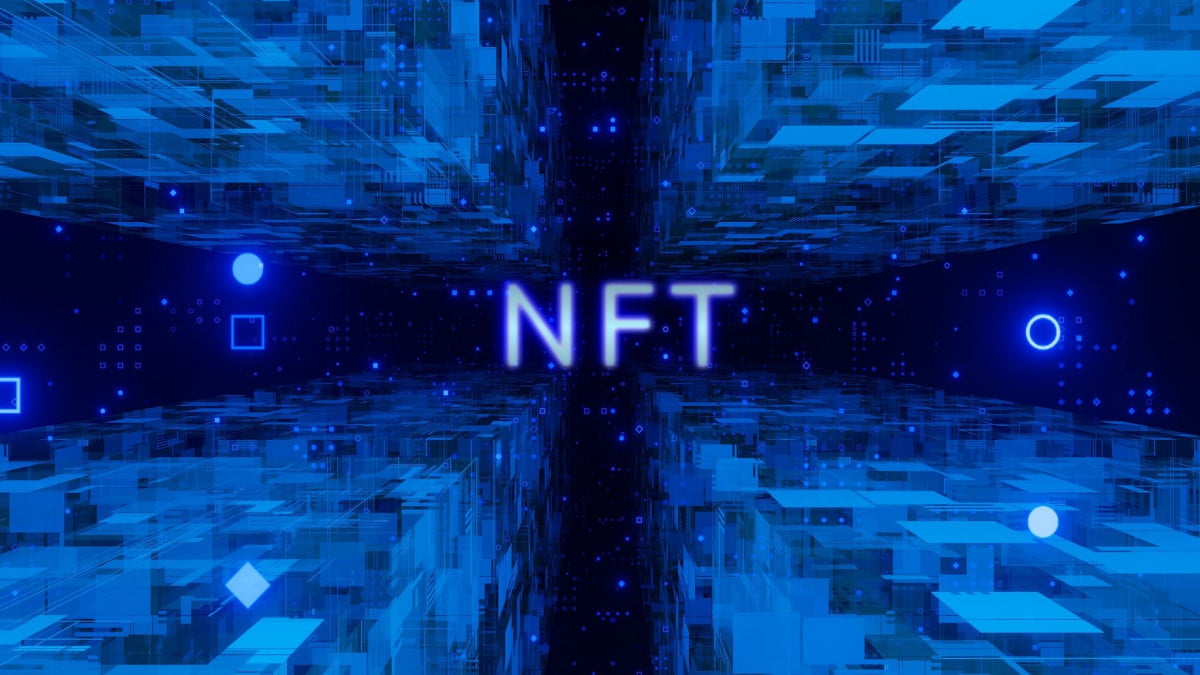
Pros and Cons of Investing in NFTs
Should You Invest In Non-Fungible Tokens (NFTs)?
If you’ve heard of non-fungible tokens, you may have considered investing in them. But what exactly does it mean to “invest in NFTs,” and what are the benefits and drawbacks? It’s a good idea to understand about any asset class before investing in it.
To start with, “investing in NFTs” is a misnomer because NFTs are not a distinct asset class. Non-fungible tokens (NFTs) employ blockchain technology to digitally represent ownership, similar to a car title rather than the vehicle itself. It’s not a great idea to buy an asset solely because it’s been tokenised into an NFT, just as you wouldn’t buy a car solely for the paper title.
That doesn’t rule out the possibility of investing in tokenised assets. If you find an asset that appeals to you and has the necessary funds, you should consider purchasing it. If the asset is tokenised, you can certainly use the additional benefits that come with NFTs.
Continue reading to learn about the benefits and drawbacks of investing in NFTs:
Pros
- Anyone can invest in NFTs
- NFT ownership is secured by a blockchain
- Opportunity to learn more about blockchain technology
Cons
- NFTs are not an asset class
- NFT generation is highly energy-intensive
- May need to own Ether (ETH)
Pros of Investing In NFTs
There are many reasons why investors wish to purchase assets that have been tokenised into NFTs. The following are of the benefits of investing in NFTs:
Anyone can invest in NFTs: These assets can be purchased by anyone. Asset ownership that has been tokenised into an NFT can be transferred more quickly and efficiently between persons all over the world.
A blockchain protects NFT ownership: The use of blockchain technology to digitally signify ownership can increase the security of an investor’s asset ownership. Blockchain technology can make asset ownership more transparent.
Learn more about blockchain technology: Investors can learn more about blockchain technology while diversifying their portfolios by devoting a small amount to tokenised assets.
Cons of Investing In NFTs
NFT generation is highly energy-intensive: The Ethereum blockchain now supports the majority of NFTs, which are generated through an energy-intensive operational technique known as proof of work. A single NFT transaction uses nearly a day and a half of energy to power a normal home.
Because most NFT purchases are made on the Ethereum platform, owning Ether (ETH), the blockchain’s native currency, is typically required. Investors who seek to buy NFTs with fiat currency, such as the US dollar, may be limited in their options.
The Bottom Line
To summarise, NFTs offer advantages and disadvantages, but investing in any asset solely because it is tokenised is terrible. Whether an asset’s ownership is shown by a blockchain or not, the investment principles remain the same. Your greatest action is to select high-quality assets you want to hold and then do whatever it takes to get them.
edited and proofread by nikita sharma




